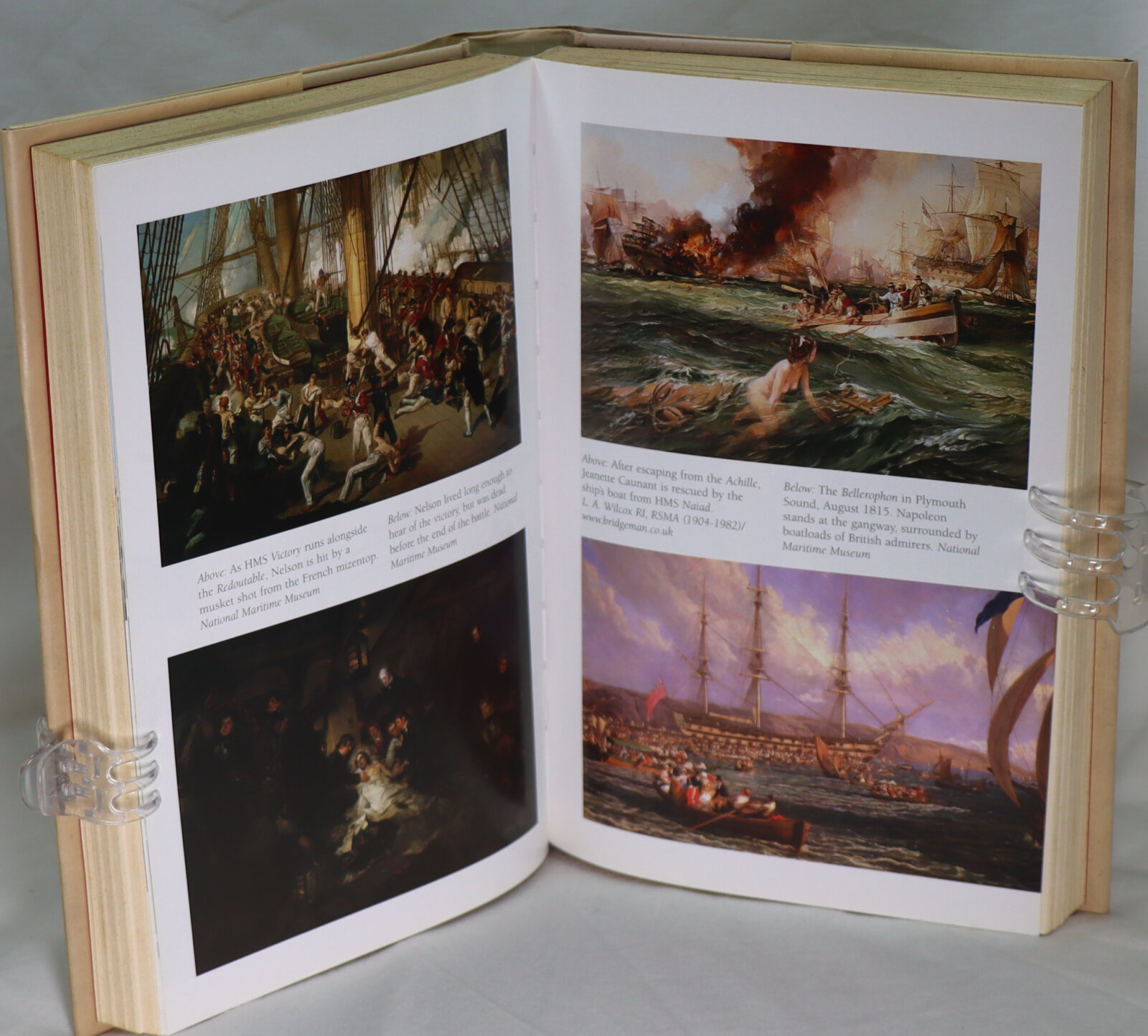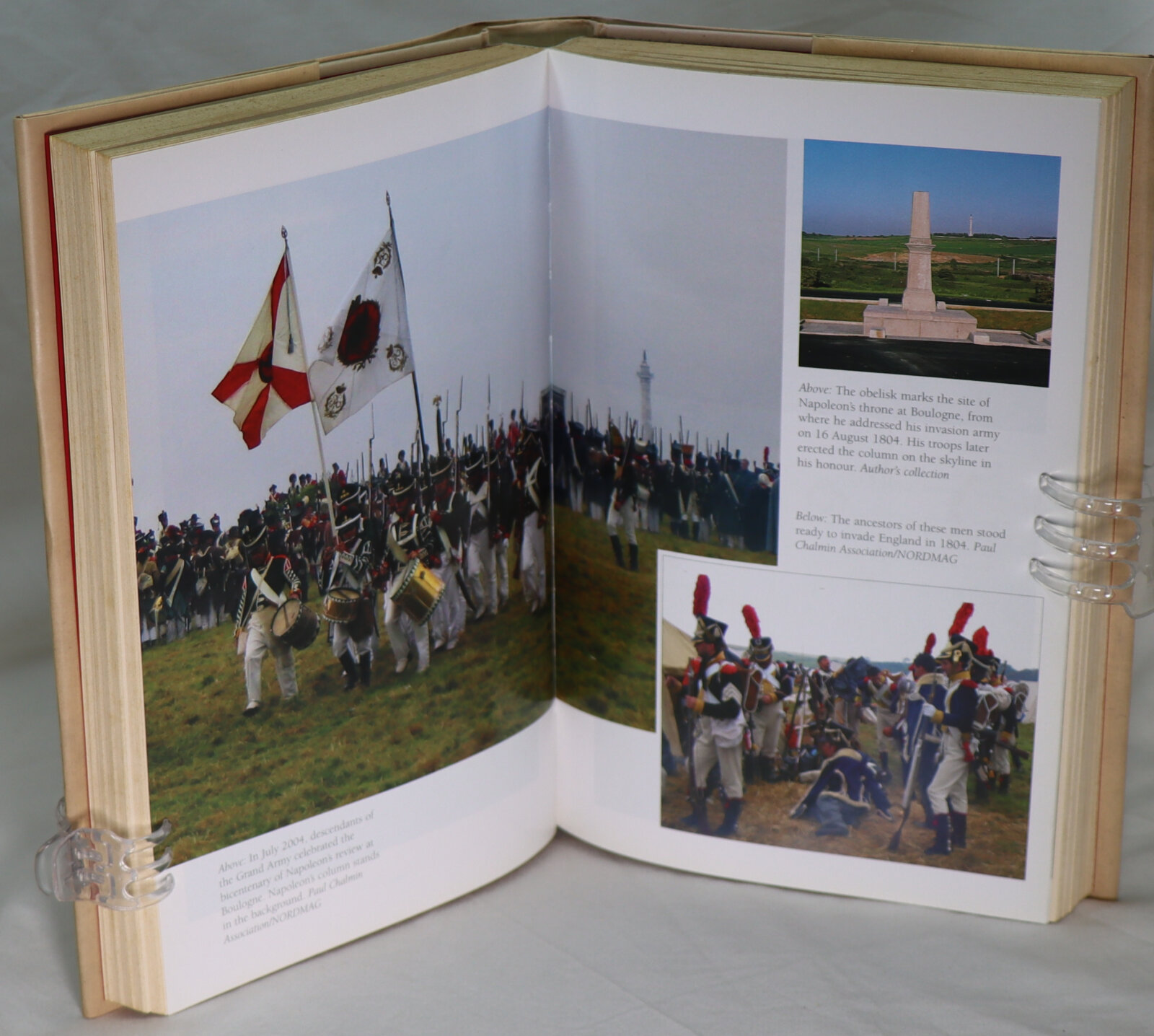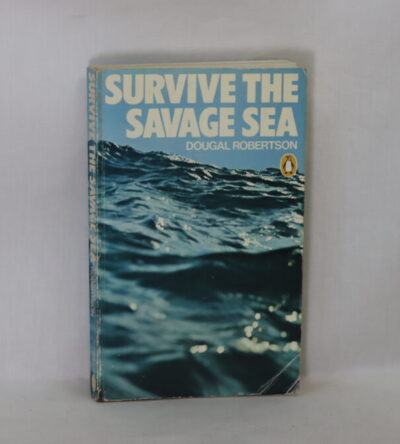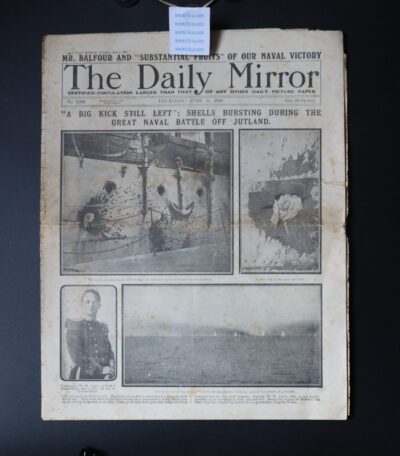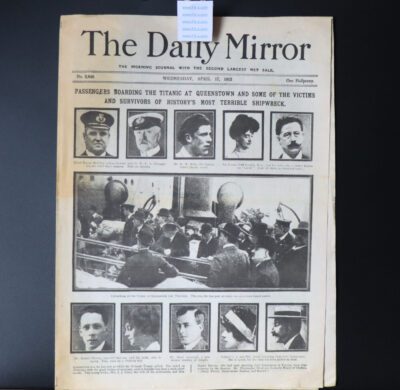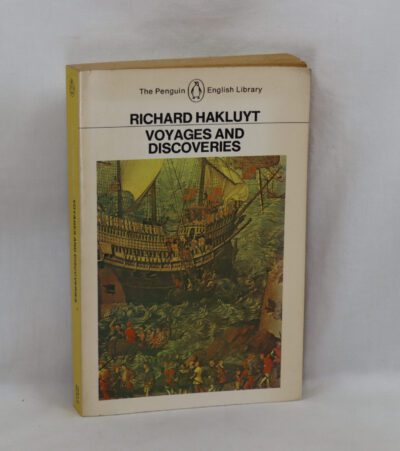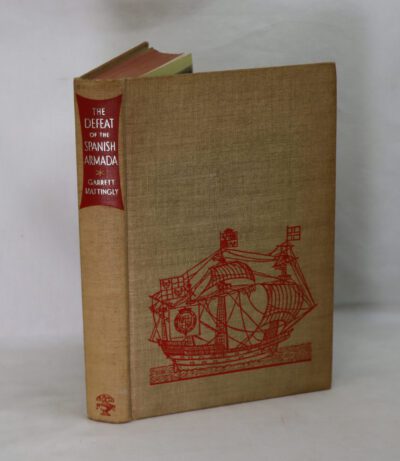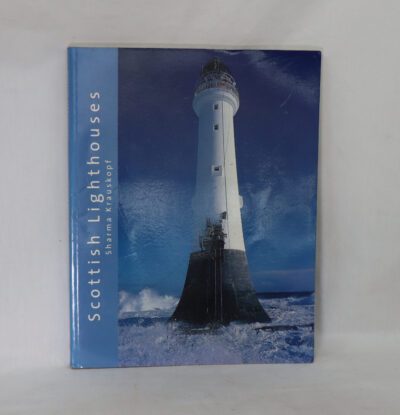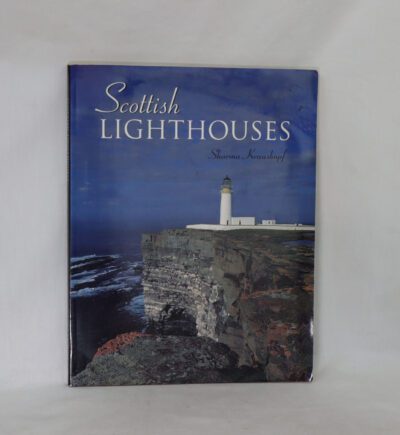Trafalgar.
By Nicholas Best
ISBN: 9781786080691
Printed: 2005
Publisher: Weidenfeld & Nicolson. London
| Dimensions | 17 × 24 × 4 cm |
|---|---|
| Language |
Language: English
Size (cminches): 17 x 24 x 4
Condition: Fine (See explanation of ratings)
Your items
Item information
Description
In the original dustsheet. Cream board binding with red title on the spine.
-
F.B.A. provides an in-depth photographic presentation of this item to stimulate your feeling and touch. More traditional book descriptions are immediately available.
Nicholas Best is a master storyteller, the author of several highly successful novels as well as serious history books. He was the FINANCIAL TIMES fiction critic for ten years and reviews regularly for the SUNDAY TIMES and TLS.
In his hands the story of Trafalgar comes to life as never before. Beginning with a vivid recreation of Napoleon’s army assembling at Boulogne for the invasion of England, he tells how the French fleet joined with their Spanish allies and set out for a decisive battle with the Royal Navy. Following events through the eyes of eyewitnesses on the gundeck as well as the admiral’s cabins, he takes us to the Mediterranean and the West Indies and back to the coast of Spain as the rival fleets maneuver for advantage. Then follows his gripping minute-by-minute account of the actual battle: a truly murderous affair as the rival fleets trade cannon shots at point blank range.
For the fans of MASTER AND COMMANDER, this combines absolute authenticity with real page-turning style.
Reviews:
-
I’ve read a few accounts of the battle. This book not only deals with the battle in some detail but concisely sets out the wider context dealing with the build up and aftermath. I found it to be a good read which rattled along and captured my attention giving just enough detail of the personnel, officers and seamen. ” I thoroughly enjoyed and heartily recommend it”.
-
This was an interesting read which covered both Napoleon’s land battle and Trafalgar, together with what was happening in England at the same time. I was unable to put it down. A must for those interested in the Napoleonic wars.
-
Although I’ve been to the London Underground’s Trafalgar Square Station (and so have seen the statue there), I knew almost nothing about the Battle of Trafalgar. So when this book showed up as a deal-of-the-day, I figured it was time to educate myself. The first half of the book focuses on Napoleon’s strategy and efforts to invade England with his Grand Army – and on England’s planning and preparation to resist that seemingly inevitable invasion. The book provided interesting and useful background information that touched on motivations, tactics, strategy, misdirection and guesswork by the French, the English and, to a lesser extent, the Spanish (who were allied with the French). Of course, to invade England, the French had to transport the Grand Army across the English Channel. Napoleon was capable of planning strategic army movements over long distances within a very strict timetable. But now Napoleon had to coordinate both army forces and naval forces to orchestrate an invasion of England. And unlike a land army, planned movements of naval forces are subject to the vagaries of tides, winds, currents and other weather factors – factors Napoleon appeared not to fully appreciate. Napoleon needed his warships to protect the many smaller craft required to ferry his Grand Army to English beaches. And England needed to either keep those French warships blockaded within the French ports or else intercept & destroy those French warships when they sallied from those ports. And finally, on 21 October 1805, the inevitable naval battle occurred. With nearly 30 British ships intercepting an even greater number of French and Spanish ships, I felt the author had quite the challenge to describe the battle in the detailed and coherent manner that he did. One reason that he could was that some slower British ships were late to the battle and some lead French ships were positioned a ways ahead of the English ships’ initial point-of-attack on the French/Spanish fleet. That allowed the battle description to be somewhat simplified. In addition, the author focused on the actions of the larger capital ships within each fleet. Still, the battle damage inflicted on so many ships of both fleets, as well as the human carnage, resulted in a gory and chaotic conflict. Yet I thought the author did a good job describing the flow of events within what were clearly chaotic circumstances. Lord Nelson, the top admiral of the English fleet, was fatally wounded early in the conflict. The final part of the book covers bringing his body home to national adulation and national grief. Bottom Line: A good book for learning about the Battle of Trafalgar.
Nicholas Best grew up in Kenya and was educated there, in England and at Trinity College, Dublin. He served in the Grenadier Guards and worked in London as a journalist before becoming a fulltime author. Formerly a literary critic for the Financial Times, he has written more than 20 books, both fiction and non-fiction, and is translated into many languages. His novel TENNIS AND THE MASAI was serialized on BBC Radio 4. His short story THE SOUVENIR was long-listed in 2010 for the Sunday Times-EFG Bank £30,000 award, the biggest short story prize in the world. Nicholas Best lives in Cambridge, England. For more information, see www.nicholasbest.co.uk.
Want to know more about this item?
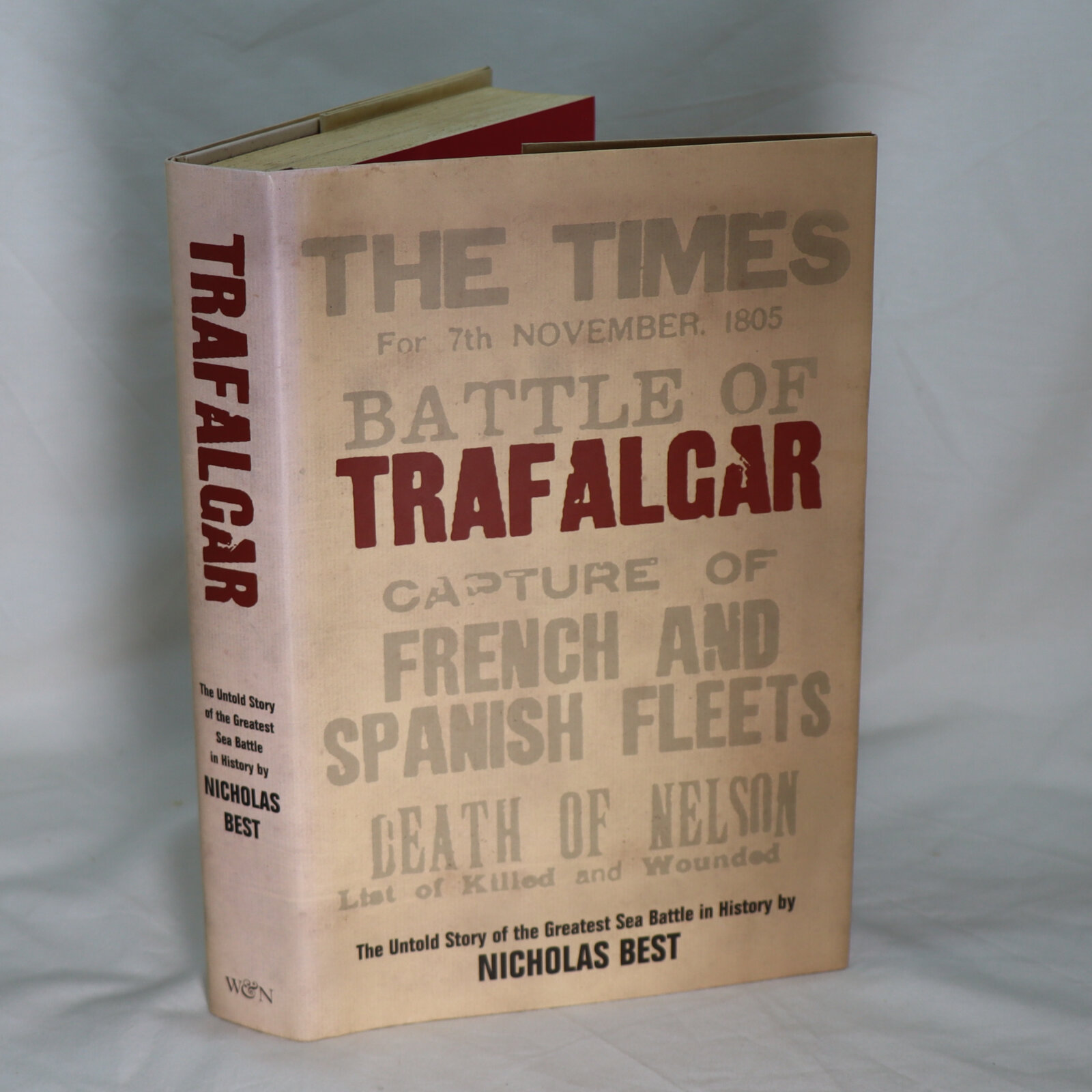
Related products
Share this Page with a friend

